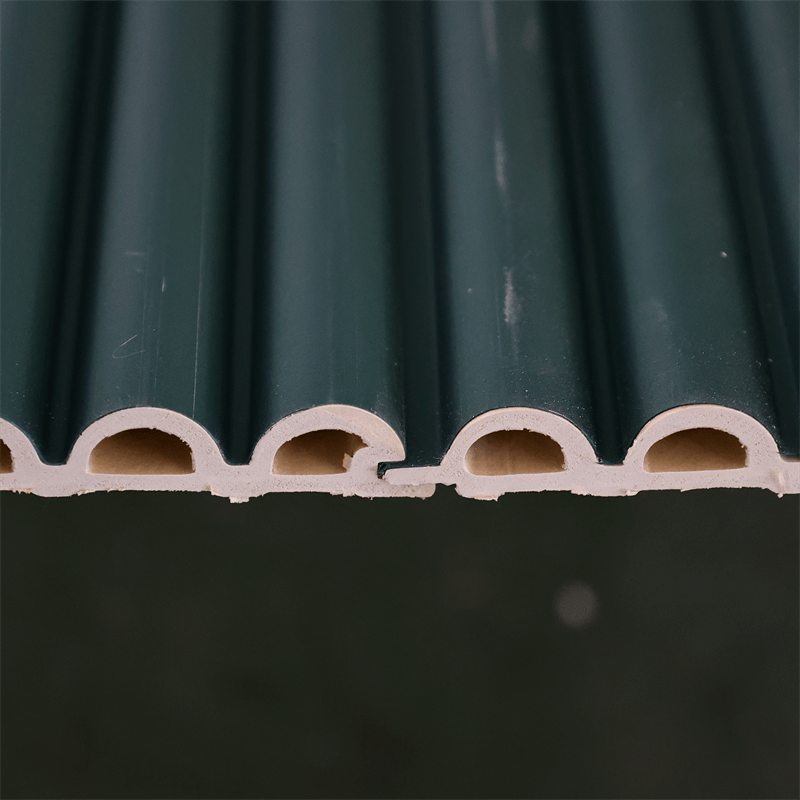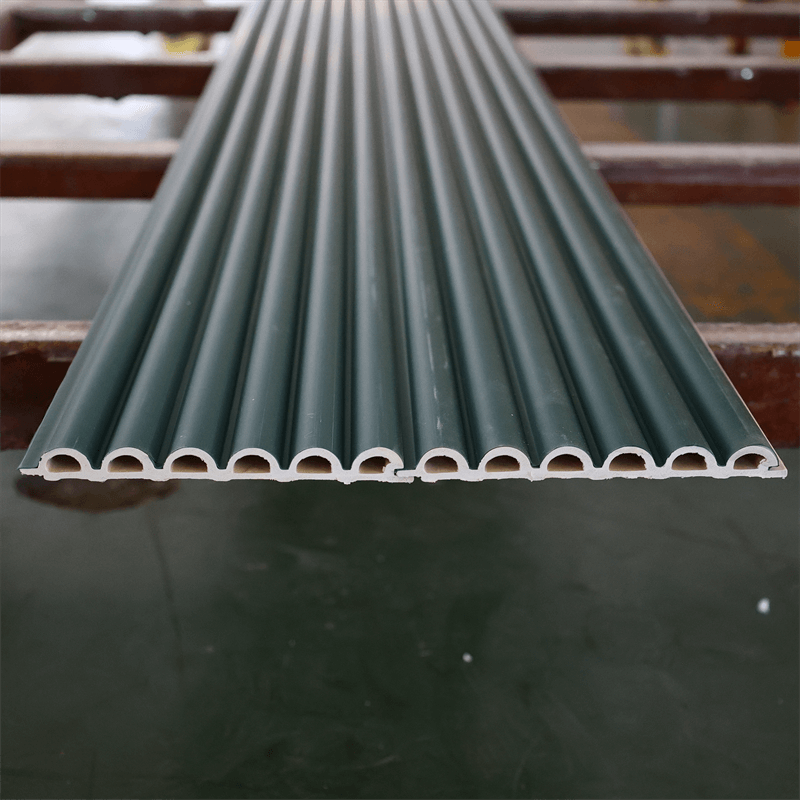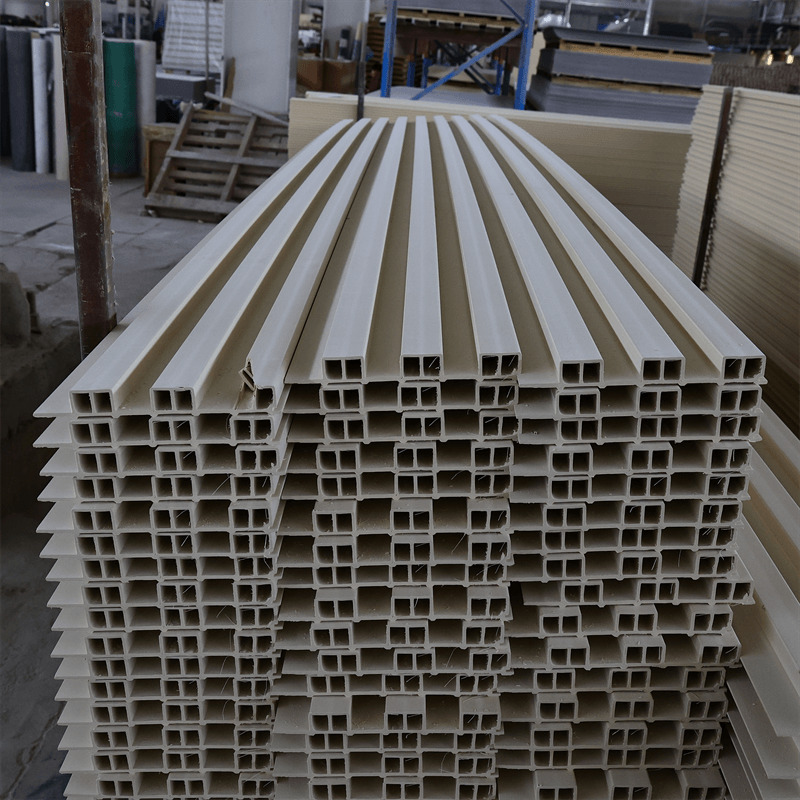
The global shift towards sustainable practices and energy-efficient solutions has revolutionized the construction industry.
As architects and builders strive to create greener and more sustainable buildings, innovative materials play a crucial role in achieving this goal.
Among these materials, Wood-Plastic Composite (WPC) sandwich panels have emerged as a game-changer, offering superior energy efficiency and environmental benefits.
By combining the strength of wood fibers and the versatility of recycled plastics, WPC sandwich panels have become a preferred choice for green building projects.
In this article, we will explore how WPC sandwich panels maximize energy efficiency in green building projects, focusing on their thermal insulation properties,
reduction of heating and cooling demands, potential for renewable energy integration, and contribution to reducing carbon emissions.
WPC sandwich panels have become an indispensable component of green building projects, thanks to their remarkable ability to maximize energy efficiency.
Their exceptional thermal insulation properties create a stable indoor environment, reducing the demand for artificial heating and cooling.
By mitigating temperature fluctuations, WPC panels contribute to reduced energy consumption, leading to lower utility bills and minimized carbon emissions.
Moreover, the lightweight nature of these panels streamlines construction processes, further enhancing energy efficiency.
Additionally, the incorporation of renewable wood fibers and recycled plastics aligns with sustainable practices, fostering a greener and more eco-friendly construction industry.
As we delve into the role of WPC sandwich panels in green building projects, it becomes evident that they are shaping the future of energy-efficient and environmentally responsible construction.
Thermal Insulation: A Barrier against Heat Transfer
One of the standout features of WPC sandwich panels is their exceptional thermal insulation.
The combination of wood fibers and plastic in the panel’s core forms a formidable barrier against heat transfer, effectively regulating indoor temperatures.
This thermal resistance significantly reduces heat loss during colder months and minimizes heat gain during warmer periods.
The superior thermal insulation of WPC sandwich panels creates a stable and comfortable indoor environment, promoting energy efficiency by reducing the need for artificial heating and cooling.
As a result, green buildings constructed with WPC panels consume less energy for temperature control, leading to reduced carbon emissions and substantial energy savings.

Reduction of Heating and Cooling Demands: Lowering Energy Consumption
Green building projects aim to reduce energy consumption and dependence on non-renewable resources.
WPC sandwich panels play a pivotal role in achieving this goal by minimizing the demand for heating and cooling systems.
The panels’ excellent thermal insulation properties help maintain comfortable indoor temperatures, even in extreme weather conditions.
By reducing heating and cooling demands, WPC sandwich panels contribute to lower energy consumption and greenhouse gas emissions.
The integration of these panels in green building projects aligns with energy-efficient practices,
making them an intelligent choice for architects and builders committed to sustainable construction.
Renewable Energy Integration: A Perfect Match
The use of renewable energy sources is a cornerstone of green building projects.
WPC sandwich panels complement renewable energy systems by maximizing their effectiveness.
The panels’ superior thermal insulation ensures that buildings retain heat generated from renewable sources like solar panels and geothermal systems.
In addition, WPC panels can be easily integrated into building designs to accommodate renewable energy infrastructure.
Their lightweight nature and design flexibility make them suitable for incorporating solar panels, wind turbines, and other renewable energy solutions seamlessly.
By combining WPC sandwich panels with renewable energy systems, green buildings can achieve optimal energy
efficiency and further reduce their carbon footprint, contributing to a more sustainable future.

Low-Carbon Footprint: An Eco-Friendly Choice
Sustainability and reduced carbon footprint are at the core of green building projects.
WPC sandwich panels exemplify eco-friendliness by utilizing renewable wood fibers and recycled plastics.
The incorporation of these materials reduces the demand for virgin resources and diverts plastic waste from landfills.
Furthermore, the manufacturing process of WPC panels consumes less energy compared to traditional materials like concrete and steel, resulting in a lower carbon footprint.
As architects and builders strive to create environmentally responsible structures, WPC sandwich panels emerge as a smart choice that aligns with green building objectives.
WPC sandwich panels have revolutionized green building projects, maximizing energy efficiency and sustainability.
Through their exceptional thermal insulation properties, they create stable and comfortable indoor environments, reducing the demand for artificial heating and cooling.
This contributes to lower energy consumption and reduced carbon emissions, aligning with the goals of green construction.
Moreover, the integration of WPC sandwich panels with renewable energy systems enhances the effectiveness of such solutions, further promoting energy efficiency.
The eco-friendliness of these panels, derived from their composition of renewable wood fibers and recycled plastics, aligns with sustainable practices and fosters a greener construction industry.
As the world continues to prioritize sustainable development and energy-efficient solutions,
WPC sandwich panels stand out as a key component in green building projects, shaping a future where energy efficiency and environmental responsibility go hand in hand.
With their potential to revolutionize construction practices, WPC panels are indeed shaping the future of energy-efficient and environmentally responsible construction.
